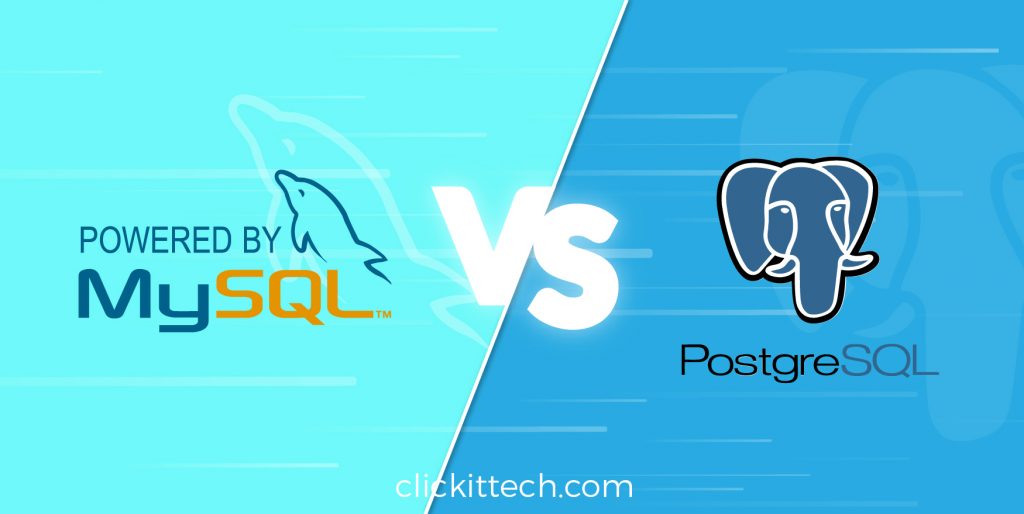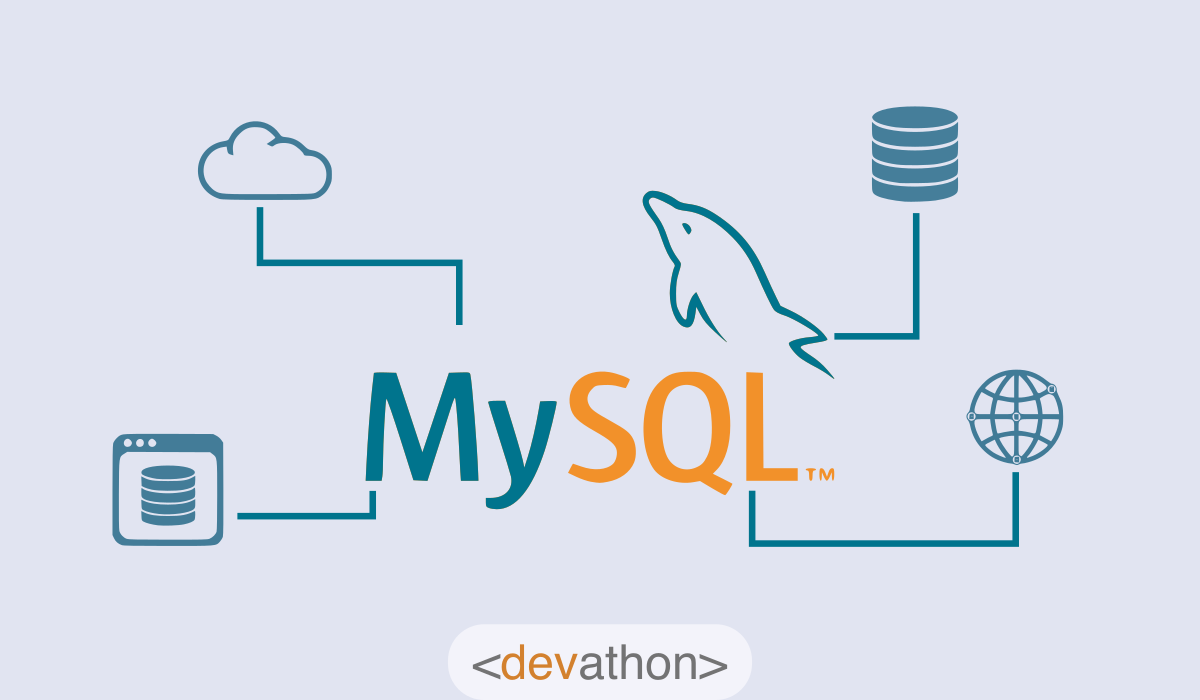

MySQL with a pure Python driver like pymysql Asyncio is an un-pythonic abomination.īesides monkey-patching socket, no special steps are required if you are using
#Sqlite vs postgresql code#
Layers of code as well as re-implementing the protocols themselves. Third-party libraries using asyncio usually have to re-implement layers and
#Sqlite vs postgresql how to#
If you’d like to see some more examples of how to run tests using Peewee, check Using the same database backend you use in production, so as to avoid any But for tests this is probably not necessary.Īs an aside, and speaking from experience, I recommend testing your application close () # If we wanted, we could re-bind the models to their original # database here.

drop_tables ( MODELS ) # Close connection to db. create_tables ( MODELS ) def tearDown ( self ): # Not strictly necessary since SQLite in-memory databases only live # for the duration of the connection, and in the next step we close # the connection.but a good practice all the same. bind ( MODELS, bind_refs = False, bind_backrefs = False ) test_db. Since we have a complete list of # all models, we do not need to recursively bind dependencies. TestCase ): def setUp ( self ): # Bind model classes to test db. test_db = SqliteDatabase ( ':memory:' ) class BaseTestCase ( unittest. # tests.py import unittest from my_app.models import EventLog, Relationship, Tweet, User MODELS = # use an in-memory SQLite for tests. Model.bind(), which is a one-time operation that binds the modelĭepending on your use-case, one of these options may make more sense.(and optionally its dependencies) to the given database. Database.bind(), which is a one-time operation that binds the models.Model.bind_ctx(), which likewise returns a context-manager thatīinds the model (and optionally its dependencies) to the given database for.The given models to the database instance for the duration of the wrapped Database.bind_ctx(), which returns a context-manager that will bind.To bind your models to a database at run-time, you can use the following Another common practice is to run testsĪgainst a clean database, which means ensuring tables are empty at the start of When writing tests for an application that uses Peewee, it may be desirable to For even more SQLite extensions, see SQLite Extensions.execute_sql ( 'SELECT * FROM series(?, ?, ?)', ( 0, 5, 2 )) for value, in cursor : print ( value ) # Prints: # 0 # 2 # 4 step return ( ret ,) # Usage: cursor = db.

step = step def iterate ( self, idx ): """ Iterate is called repeatedly by the SQLite database engine until the required number of rows has been read **or** the function raises a `StopIteration` signalling no more rows are available. table_function ( 'series' ) class Series ( TableFunction ): columns = params = def initialize ( self, start = 0, stop = None, step = 1 ): """ Table-functions declare an initialize() method, which is called with whatever arguments the user has called the function with. From playhouse.sqlite_ext import TableFunction db = SqliteDatabase ( 'my_app.db' ).


 0 kommentar(er)
0 kommentar(er)
